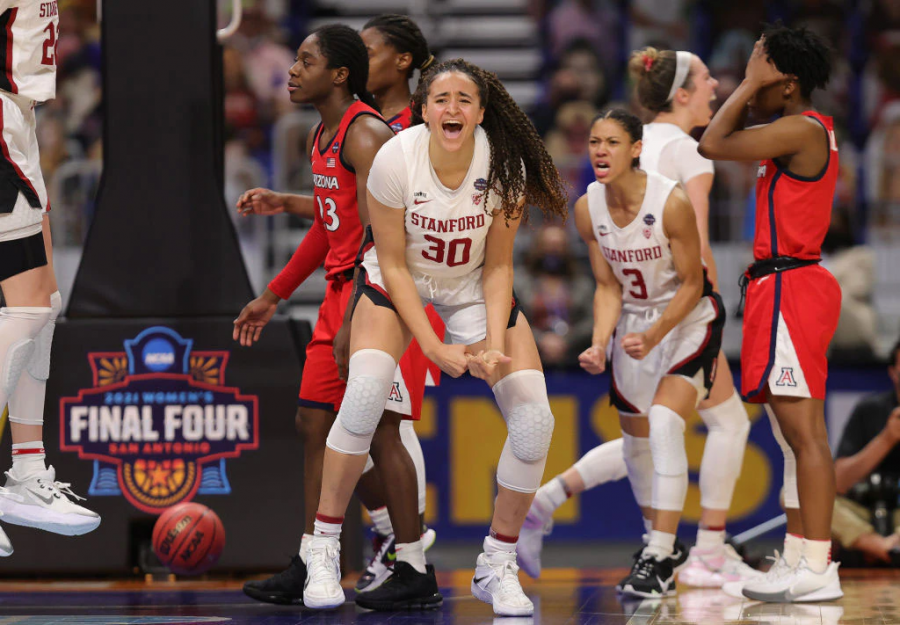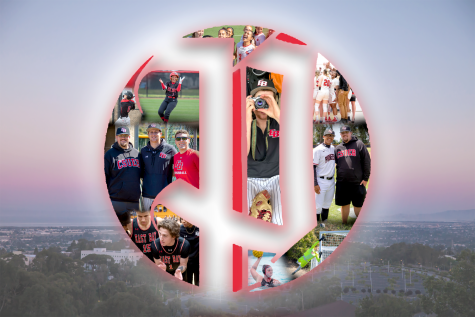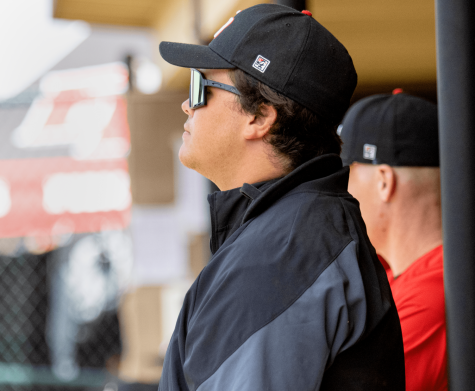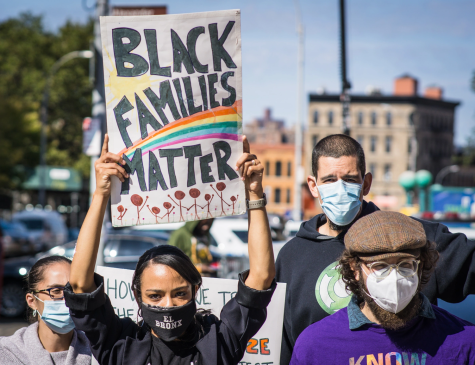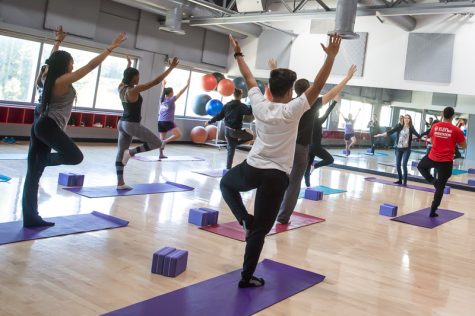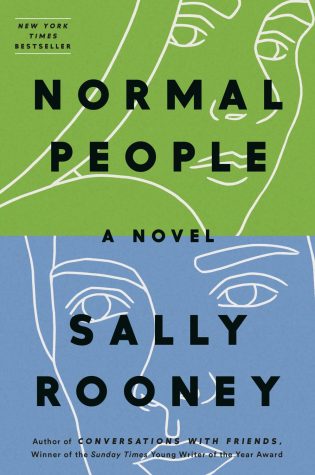On the back of the women’s March Madness controversy, the NCAA must do better
June 22, 2021
Gender does not put a limit on the amount of blood, sweat, and tears that each and every athlete pours out en route to chasing their dreams. The National Collegiate Athletic Association (NCAA) regime is a grueling one for both male and female athletes, but the resources that they are given to succeed are not even remotely comparable.
It took a TikTok post from Oregon women’s basketball player Sedona Prince, revealing the extent of the mistreatment of female athletes during the popular March Madness tournament, in order for many eyes to open – again. This is an issue that has been persistent for generations, and with specific differences recorded since circa 1993.
Male and female athletes are exploited almost identically when it comes to physical work and image rights. All of the NCAA’s athletes are used to their maximum potential in order to contribute to the organization’s enormous revenue return every year. Gender does not matter to the NCAA when it comes to their product, but the compensation, albeit unfortunately not monetary, does not match that; and this goes for all three divisions.
During March Madness, the fun that generates most of the money and garners all the attention begins around the Final Four stage. Lately, women have been of much better value for entertainment. In recent years, heart-stopping, down-to-the-wire games have become the trademark of the women’s tournament.
On the men’s side, there are larger, stronger athletes which make for a different style of game in comparison to the technical and fundamentally astute women. But in terms of competition – this year for example – No. 1 seeded Baylor University all but cruised to the men’s national championship. The women, from the Final Four onwards, saw out three nail biters which resulted in Stanford taking home the main prize.
All of this puts the immense amount of talent in the women’s game into perspective when you take into consideration the facilities, as shown in Prince’s video, that were initially provided to the athletes. Tiny rooms, a handful of mats, one weight rack that a cheap gym in a poverty-stricken town would be ashamed of, and virtually no other equipment.
The men on the other hand were rewarded for their efforts with the ultimate platform to succeed and facilities that very much resembled a professional environment. This can be observed at all levels.
The California State University, East Bay Pioneers compete in NCAA’s division two. They too have a tournament of their own which is less funded, but the similarities in the mistreatment of female athletes remain – all year round.
“Here (at East Bay), the men’s basketball team has a much larger locker room with space and more equipment, whereas the women’s team has a tiny section of a locker room,” said Mina Tameilau, a member of the Pioneers women’s basketball team, in an interview with The Pioneer.
This issue directly ties in with the larger spectrum of this problem: the pay gap and funding that exists between male and female athletes in professional sports. What’s key to note to start is just how much size and strength affect every sport. Being naturally more physical leads the men towards a different style of basketball, but not necessarily the gold standard.
When it comes to fundamentals and technique, you could easily make the argument that the women’s game is superior. And in addition, if these undoubtedly talented women are never provided the tools to succeed, how can you expect the quality of the product to be impeccable once they reach the pros when ultimately, we don’t even know their true ceiling? In simpler terms, you get back what you put in. But the NCAA’s mistreatment of female athletes does not end there.
Passionate about the issue, Tameilau also emphasized the lack of promotion for the women’s games across all divisions which results in lower attendance and audiences prioritizing the men’s games.
“It’s easy to notice how people prioritize men over women when they start to show up in the fourth quarter of our games in order to watch the full men’s game right after,” Tameilau said. “It sucks, and this is sad to say, but it’s something that I’ve kind of just had to get used to.”
No athlete that is working hard and making sacrifices for a better future should ever have to say those words. Women should not have to ‘get used’ to lesser treatment. When you peel back the layers, the differences are minimal and not necessarily always in favor of their male counterparts.
The problem starts at the very top and the root lies deep inside the boardrooms of those making the decisions at the NCAA. Arguably the biggest issue is that in any voting scenario, the ratio of men to women on the Board of Governors is 15 to 10. And if the people in charge blatantly favor men’s games over women’s, how are others expected not to do it? Someone has to lead by example.
Whatever improvements we may have seen in combating this issue in recent years, incidents such as the one in San Antonio earlier this year showed that the finish line is not yet in sight.
The mistreatment controversy at March Madness “Was an unpleasant reminder that we still have a long way to go with gender inequality,” Shanele Stires, the head coach of the women’s basketball team at CSUEB, told The Pioneer when reflecting on the recent events.
“It is so unfortunate that we still see great disparities between the equity of the men’s game compared to that of the women. It’s so important that we support women the same way that we support men.”
Dating back to 1993, the evidently biased budget splits set the tone and influenced the attitudes towards the women’s and men’s games. Some of the figures, according to the NCAA, have seen 70% of participation opportunities and scholarship funds go to male athletes. In addition, 77% of operating budgets and 83% of recruiting budgets also went the men’s way. It is hereby clear as day, that equal opportunities cannot be provided from such a disparity.
The issue at hand becomes even more significant when you take into consideration just how long the NCAA has been getting away with blatant mistreatment of women’s sports.
With the enormous sums of money flowing in and out of the organization, what was documented during the women’s state tournament should be inexcusable.
“This has been a long-standing, consistent problem when it comes to the lack of equity between men’s and women’s sports,” said Jemele Hill, a sports and social justice journalist, in an interview with CNBC in March. “This should let everybody know who’s watching and hearing about this story, that this was about the fact they didn’t think they were worth it, to begin with.”
Hill has a very clear stance on the matter and it is that female athletes are undervalued. Unfortunately, there are not enough people in and out of the NCAA willing to hold those in charge accountable.
“When they got caught and the video went viral, suddenly within 24 hours they had a change of heart,” Hill continued. “The money was always there. The money isn’t the issue. The issue is they don’t think these women are worth it.”
Essentially, the vast majority of the dramatically underfunded women’s sports programs have to make a good, marketable product out of the scraps that are thrown their way once the men are taken care of. For the women who make it, even more, issues arise when they go on to succeed in the pros.
While there are many factors contributing to this problem, everything ultimately comes down to money – whether it is in college or at the professional level. For the most part, those who help commercially get the spotlight. As noted by Stires, sometimes even star power doesn’t get you a fair slice of the pie.
“It seems as though most of the inequity is driven by revenue,” Stires continued. “However, one great case in point that illustrates this is the U.S. women’s national soccer team. Year in and year out, they compete for gold medals at various tournaments and are considered the leaders in the sport, yet it is the men’s national team players that make more money in spite of drawing fewer crowds and struggling to even qualify for some of those tournaments.”
Women have forever been at a disadvantage when competing and trying to make a living in sports. Society, as a somewhat rite of passage, has normalized a preference for men’s sports. As a result, women have always been facing an uphill battle. Stires recalls seeing similar differences in facilities and equipment in her youth as Tameilau is still seeing today.
For those that overcome those obstacles, success doesn’t always necessarily translate into money. As mentioned by Stires above, the U.S. women’s soccer national team has historically always performed better than the men’s team in both the business side as well as the sports side but that has not guaranteed the female athletes the deserved compensation.
Tameilau, though, tries to have a positive outlook on the future. The next task that women are told to complete nowadays is marketability. Athletes have to be promotable in order to make money.
There is now a new wave of extremely talented female athletes coming through NCAA programs that have millions of social media followers before even leaving college. That certainly is one route to success, if the NCAA finally permits the athletes to freely make money while doing unpaid work under their banner.
“I think, as time goes on, more people are starting to appreciate the value of us female athletes and what we can bring to the table,” Tameilau said. “Having players like Sabrina Ionescu, Paige Bueckers, or Haley Jones who are bringing more attention to women’s basketball through their high success in the game and it definitely gives more hope for a better and equal future.”




